Introduction
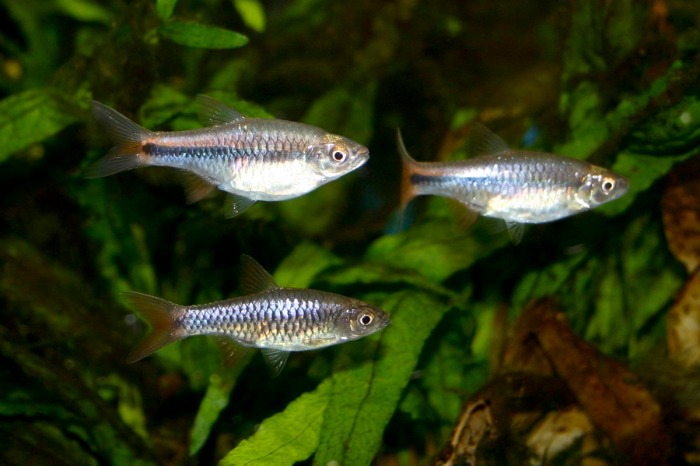
Rasbora lacrimula is a fish that at the time of writing is relatively new to the hobby. It was described in June 2009 by Renny Kurnia Hadiaty and Maurice Kottelat. It is known as the teardrop rasbora or sometimes the cherry rasbora.
Distribution and Availability
The teardrop rasbora inhabits the Mahakam drainage in Kalimantan Timur, Eastern Borneo. It is known only from the type locality – Ulu Belayan, where it was found in small streams running through an oil palm plantation. The streams were slow-flowing, 2-3m wide and 1m deep.
Teardrop rasboras have not yet achieved widespread acceptance in the hobby but have been occasionally available from the better shops and from some on-line importers and hobbyists.
Description
A medium-sized rasbora with the typical rasbora body shape. Pale brownish body with a blue/green iridescent hue especially along the top of the body. There is a dark mid-lateral stripe extending along the entire body rearwards from the operculum. The stripe terminates at the caudal peduncle in a teardrop shape which gives the fish both its common and scientific name. Some specimens show dark reticulations over the middle part of the body. Unpaired fins show a variable amount of orange.
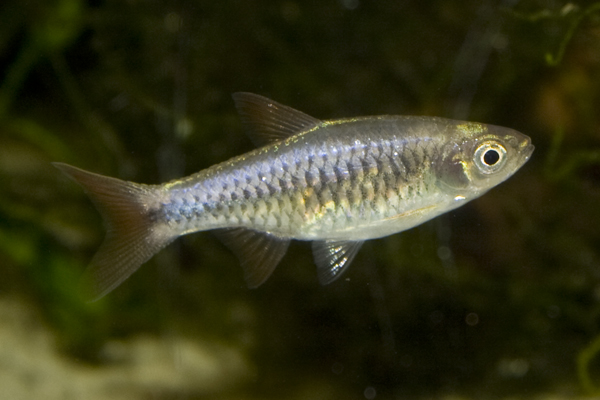
Male – up to 3.5cm. Fins have more orange colour and body shows more reticulations. Small tubercles can be seen along the top of the caudal peduncle.
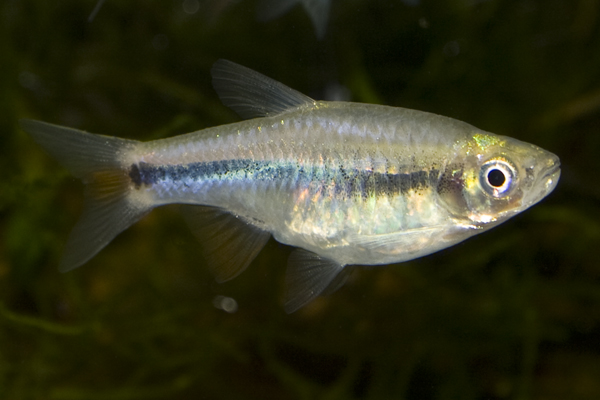
Female – up to 4cm. Deeper bodied and larger than male.
Requirements
An easy fish to care for and can be safely kept in a community tank with other peaceful fishes. Keep in a shoal of at least 6 specimens, preferably more.
- Tank size: 90cm minimum.
- Decoration: fine-leaved and floating plants. Sand substrate
- Temperature: 25 – 29oC
- pH: 5 – 7.5
- Hardness: not fussy, just avoid extremes
Feeding
Easy to feed and accepts all types of prepared foods eagerly. Supplement with live foods such as newly hatched brine shrimp, daphnia and Grindal worms.
Breeding
These fish seem to be fairly straightforward to breed in the normal manner for medium-sized rasboras.
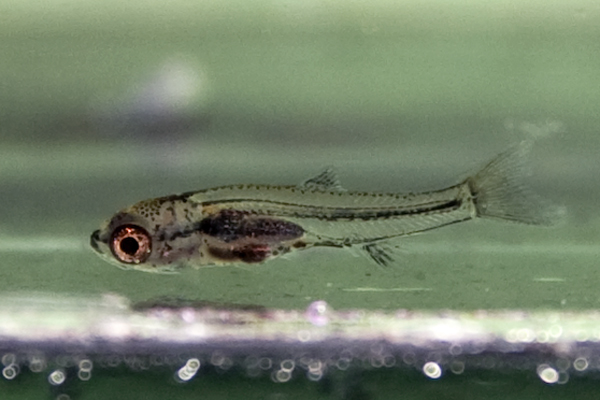
Place a conditioned pair in a smallish tank with a sponge filter and lots of Java moss.
The male will attract the female into the clump of moss where spawning will take place. They will eat any eggs they can find so close observation is essential for a larger number of fry. Remove both fish when spawning is completed. If you are unable to observe the fish spawning then remove them after a few days anyway. They will most likely have spawned.
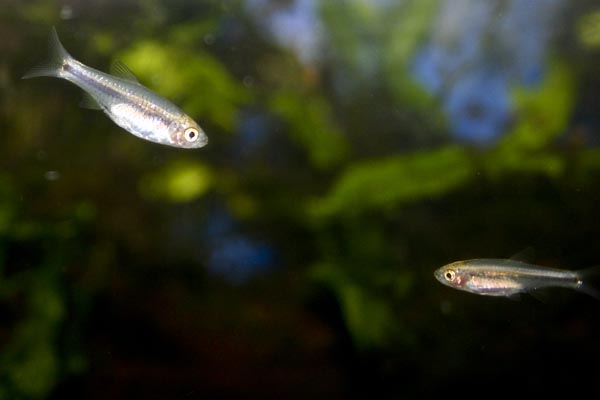
The fry hatch in a few days and are free-swimming about a week or so after hatching. The fry are small and require the finest of live foods to begin with such as infusoria. After a week or so the fry will be large enough to eat vinegar eels and newly hatched brine shrimp. Carry out partial water changes to keep on top of the water quality.
Summary
Rasbora lacrimula is a very undemanding and attractive addition to the hobby. I hope it finds a permanent place.
References
- Hadiaty, R. K. and M. Kottelat. 2009 – Ichthyological Exploration of Freshwaters 20(2): 105-109
Rasbora lacrimula, a new species of cyprinid fish from eastern Borneo (Teleostei: Cyprinidae). - Fishbase species summary